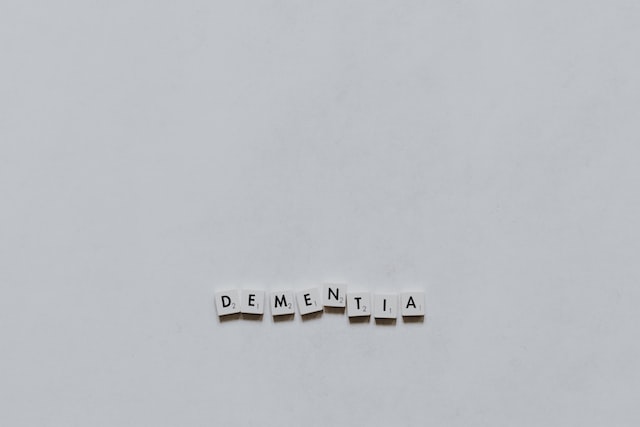Swollen ankles at night can be a common and frustrating issue for many people. Understanding the causes and how to manage them is crucial for maintaining comfort and overall health. There are several reasons why ankles might swell, especially in the evening, and these can range from lifestyle factors to more serious medical conditions.
One of the most common causes of ankle swelling is **Chronic Venous Insufficiency (CVI)**. This condition occurs when the veins in the legs have trouble sending blood back to the heart due to weakened or damaged valves. As a result, blood pools in the legs, leading to swelling, particularly after a long day of standing or sitting[3]. CVI is responsible for about 70% of leg edema cases in older adults[3].
Another significant cause is **Deep Vein Thrombosis (DVT)**, which is a blood clot in a deep vein. DVT can cause sudden, painful swelling, usually on one side, and is a medical emergency because the clot can travel to the lungs[1]. If swelling is accompanied by redness, warmth, or shortness of breath, immediate medical attention is necessary[1].
**Lymphedema** is another condition that leads to swelling. It occurs when the lymphatic system, which helps remove excess fluid from tissues, is damaged. This damage can result from surgery, radiation, infection, or other causes, leading to fluid buildup and swelling[1][2]. Lymphedema often starts subtly but can become constant if left untreated[1].
Systemic health issues such as **heart failure**, **kidney disease**, and **liver problems** can also cause fluid retention and swelling. Heart failure, for instance, can lead to cardiac edema, which is swelling in the lower legs due to fluid buildup[2][3]. Similarly, kidney disease and liver problems disrupt the body’s ability to manage fluids, leading to edema[3][5].
Lifestyle factors play a significant role in ankle swelling as well. **Prolonged sitting or standing**, **pregnancy**, and **carrying extra weight** can all contribute to swelling due to increased pressure on veins[1]. Certain medications, such as calcium channel blockers and NSAIDs, can also cause fluid retention[1].
In addition to these factors, **injuries** like sprains can cause localized swelling. Even minor injuries can lead to temporary swelling, especially if they involve damage to the skin or underlying tissues[5].
Managing ankle swelling involves addressing the underlying cause. For CVI and lymphedema, lifestyle changes such as elevating the legs regularly, using compression stockings, reducing salt intake, and exercising to improve fluid movement can be beneficial[3]. In cases of systemic health issues, treating the underlying condition is crucial. For example, managing heart failure or kidney disease through medication and lifestyle adjustments can help reduce swelling[3].
If swelling persists or worsens, especially if accompanied by pain or other concerning symptoms, it is important to seek medical advice. A healthcare provider can help diagnose the cause and recommend appropriate treatment, which may include medication, physical therapy, or other interventions.
In the case of chronic swelling, such as lymphedema, advanced management techniques may be necessary. These can include specialized physical therapy and the use of compression garments tailored to manage stubborn swelling[6].
Understanding the causes of ankle swelling and taking proactive steps to manage it can significantly improve comfort and reduce the risk of complications. Whether it’s a lifestyle adjustment or medical treatment, addressing the root cause is key to alleviating swollen ankles at night.
References:
[1] https://www.centerforvein.com/blog/what-causes-ankle-and-feet-swelling-what-should-i-do
[2] https://legsmatter.org/information-and-support/health-concerns/oedema-and-lymphoedema/
[3] https://betterhealthwhileaging.net/leg-swelling-in-aging/
[4] https://legsmatter.org/information-and-support/skin-concerns/cellulitis/
[5] https://smart.dhgate.com/why-are-my-ankles-swollen-causes-symptoms-when-to-worry/
[6] https://www.youtube.com/watch?v=nv72QpinncA





